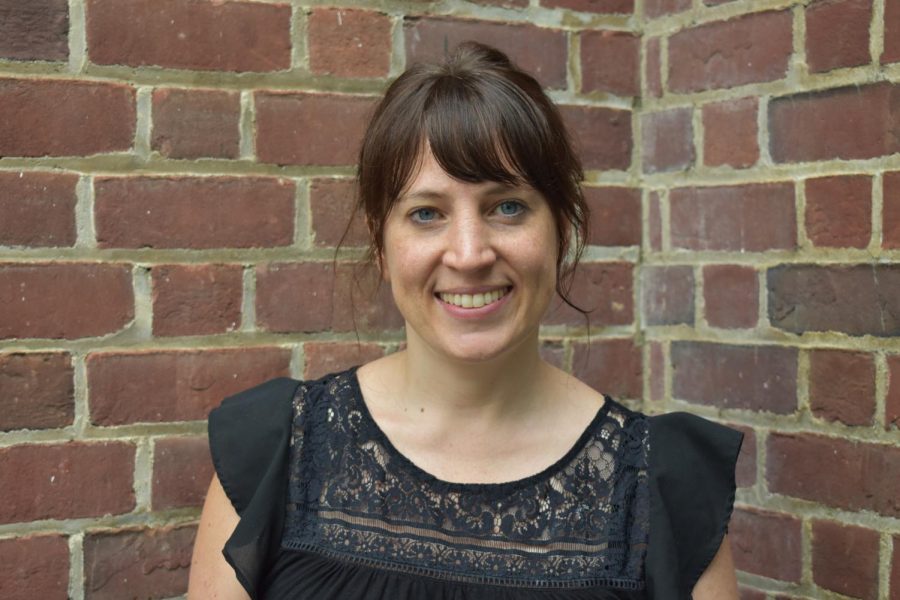Editing tradition: Shenandoah welcomes first female editor
Professor Beth Staples says she’s ready to revamp the university’s literary magazine
September 17, 2018
For the first time in its 68 years of existence, a female editor will run Washington and Lee University’s literary magazine, Shenandoah.
The university announced Beth Staples as the new editor in March 2018, and she started her work this fall.
“The idea that you could read writers’ work and decide what you wanted to accept was pretty cool, right?” Staples said. “It’s a powerful position. We read a pile of unsolicited admissions, which means anyone can send their work to us. They don’t have to have ever been published before. You can take risks with new writers, with poems or stories that are more difficult.”
Staples said she’s most excited about prioritizing diverse writers in the coming editions of the magazine.
“The school is conservative in some ways and incredibly white,” she said. “It’s a way to bring more diverse voices to campus in a different way – to make sure students are reading contemporary writers that have all sorts of things to say about all kinds of things from all over the world.”
Staples is also interested in featuring content diversity. Beyond Shenandoah’s two issues published per year, she wants to use the magazine’s online presence to publish work ranging from comic strips to interviews.
“I think one of the nice things about an online journal is that you can do things you couldn’t do in print,” Staples said. “I’m trying to sort of widen the types of writing and the types of writers that we’re publishing.”
Wherever Staples is taking Shenandoah, her students who work as interns for the magazine see it as a move in the right direction. Catherine Latour, ‘20, is one of them.
“Professor Staples is diversifying the publication along with bringing a new sense of life and breath,” Latour said. “She’s still committed to playing toward the various strengths the Shenandoah already possesses and maintaining its image. I anticipate the Shenandoah only becoming a stronger and more desirable publication.”
While Staples has her own ideas about the future course of Shenandoah, she still sees collaboration as necessary.
“I don’t want to sit here and have this be the Beth Staples Review. I would get pretty bored pretty quick,” she said.
Staples said she is working with the art and foreign languages departments for the upcoming issue’s artwork and translations.
“I just hope that the magazine feels more part of the campus community than just one editor’s opinion,” she said. “The more people that can be involved, the better the magazine will be.”
Staples’ literary experience began as a student at Arizona State University. After graduation, she worked as an editor at the University of North Carolina Wilmington.
“I didn’t know what I didn’t know in my first job,” Staples said. “I’m a little embarrassed. I didn’t know the extent to which I should’ve been redesigning the magazine, copyediting things before it went in the issue – no one had taught me any of that.”
Despite what she sees as a “shaky start,” Staples said she was motivated by passion to learn quickly.
“I feel like when people think of an editor, they think of someone with a red pen, marking something up,” she said. “But a good editor will be the live audience for you and tell you ‘This is where I felt moved. This is where I felt confused. This is where I cried. This is where I laughed.’ It can be a friendship with a piece of text, which can be really, really fun.”
Latour said Staples’ enthusiasm is contagious in the classroom, “obvious from the moment she introduced herself.”
Staples’ advice for writers? Be true to yourself.
“Say the thing you feel like you have to say, and it will eventually resonate with someone,” Staples said.



